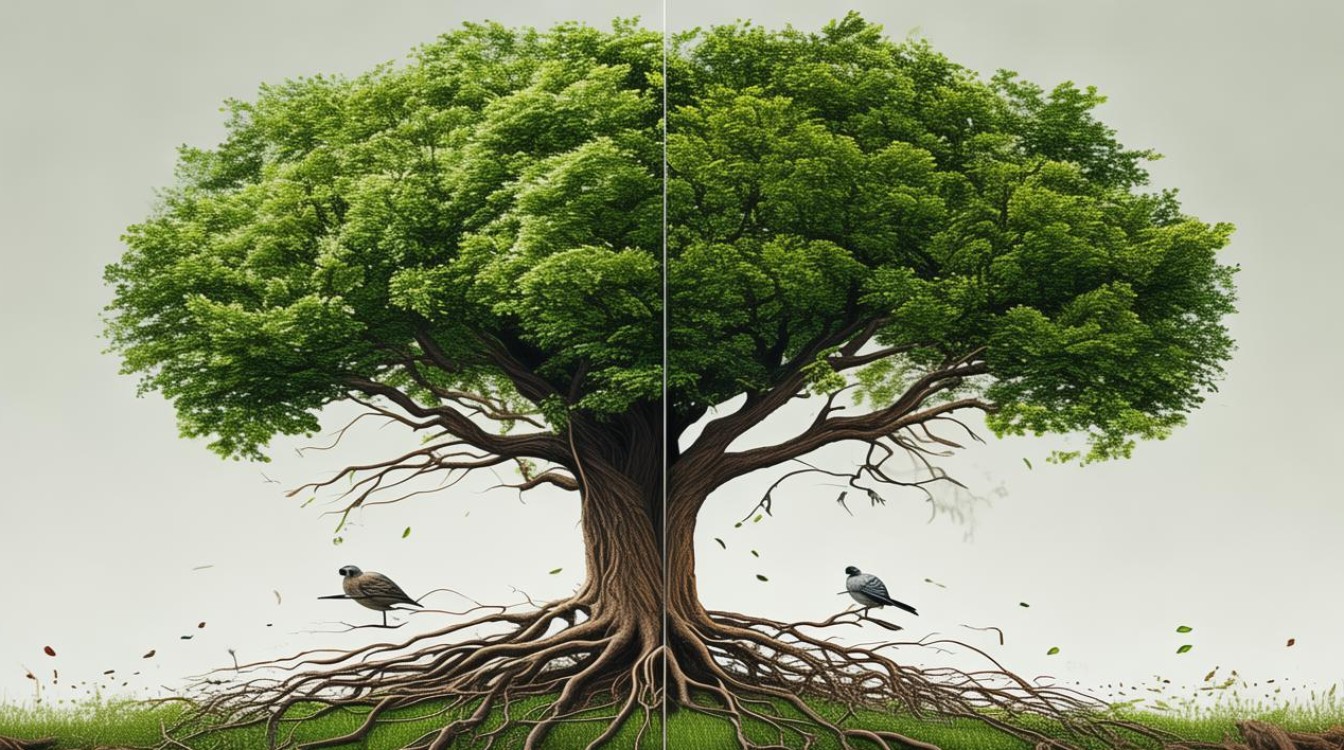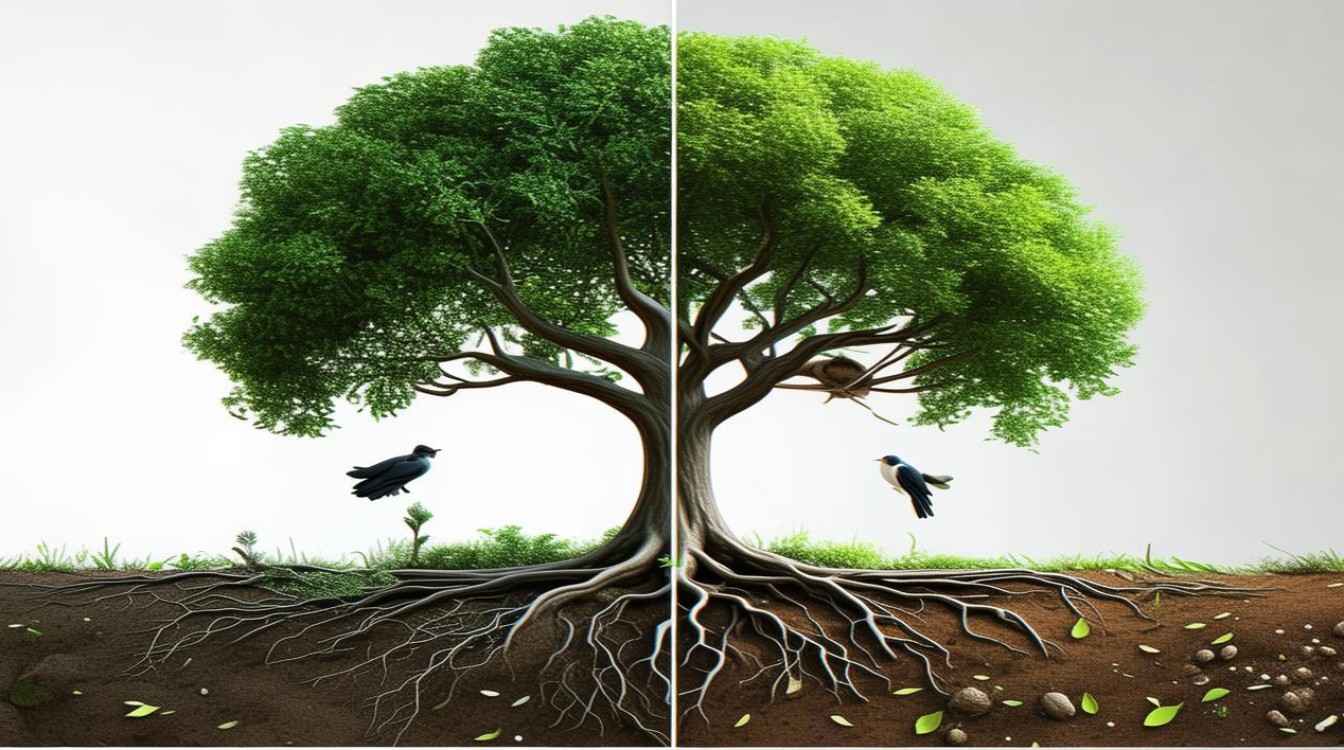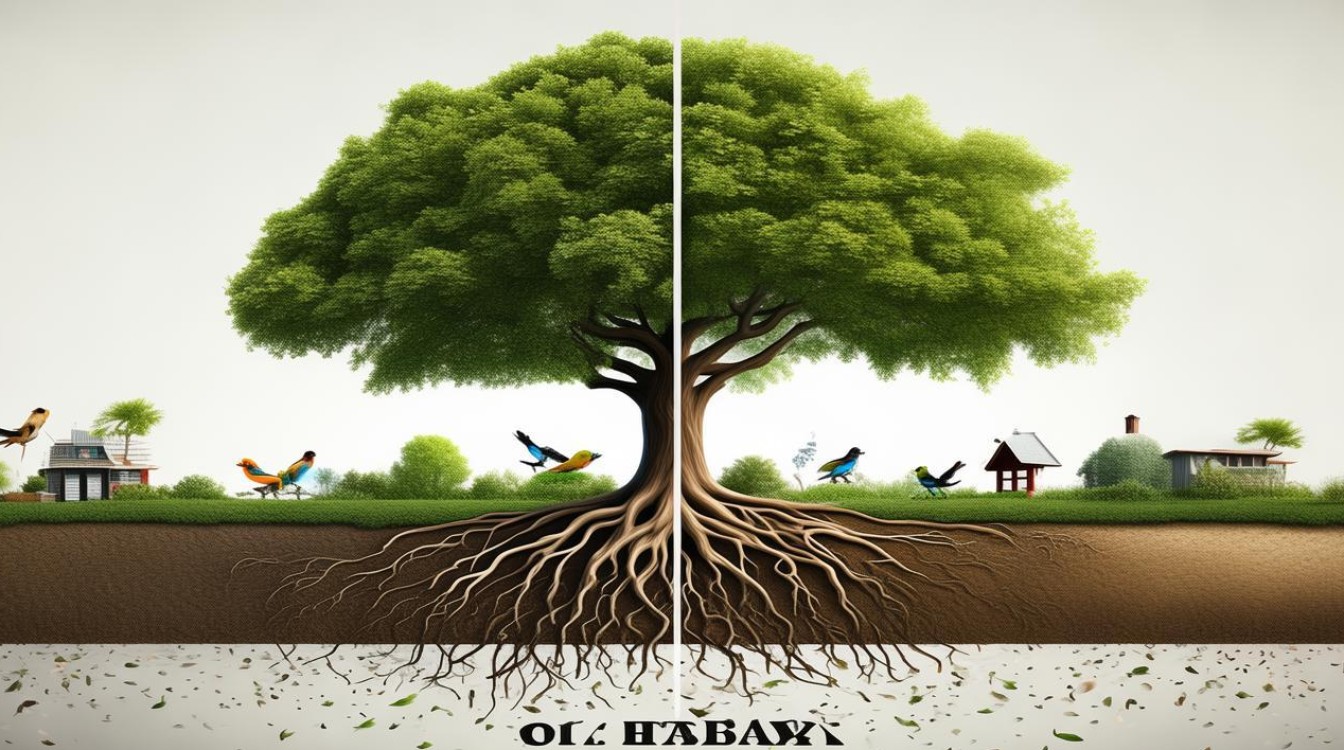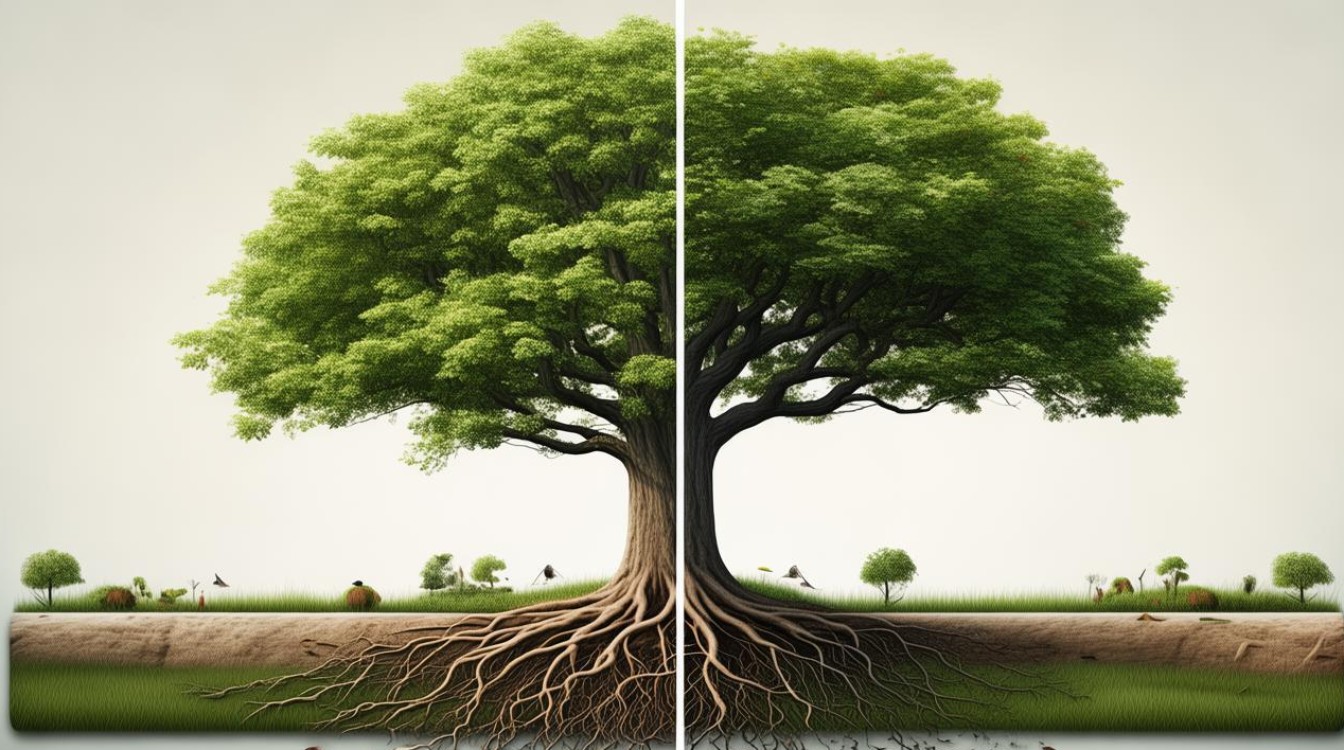Trees are among the most vital natural resources on Earth, shaping ecosystems, supporting biodiversity, and providing countless benefits to humans. However, they also present certain challenges, particularly in urban environments or when mismanaged. This article explores the advantages and disadvantages of trees, offering a balanced perspective for readers.

The Benefits of Trees
- Environmental Impact
Trees play a crucial role in maintaining ecological balance. They absorb carbon dioxide and release oxygen through photosynthesis, helping mitigate climate change. A single mature tree can absorb up to 48 pounds of CO₂ annually, making forests essential carbon sinks.
Additionally, trees improve air quality by filtering pollutants such as sulfur dioxide and nitrogen oxides. Urban areas with ample tree cover experience lower levels of airborne particulate matter, reducing respiratory illnesses.
-
Biodiversity Support
Forests and woodlands serve as habitats for countless species. Birds, insects, mammals, and fungi rely on trees for shelter, food, and breeding grounds. The loss of trees disrupts ecosystems, leading to declines in wildlife populations. -
Soil and Water Conservation
Tree roots stabilize soil, preventing erosion caused by wind and rain. They also enhance water absorption, reducing runoff and the risk of flooding. In watersheds, trees act as natural filters, improving water quality by trapping sediments and pollutants. -
Economic Value
The timber industry relies on trees for wood, paper, and other products. Sustainable forestry practices ensure long-term economic benefits while preserving forests. Beyond timber, fruit-bearing trees contribute to agriculture, providing food and income for communities.
-
Health and Well-being
Studies show that exposure to green spaces reduces stress, lowers blood pressure, and enhances mental health. Urban parks and tree-lined streets encourage outdoor activities, fostering physical fitness and social interaction.
The Drawbacks of Trees
-
Maintenance Challenges
While trees offer numerous benefits, they require care. Overgrown branches can damage power lines, roofs, or sidewalks. Fallen leaves clog drains, and invasive roots may crack pavements or plumbing systems. Municipalities and homeowners often face high costs for pruning, removal, and repairs. -
Allergens and Pests
Certain tree species release pollen, triggering allergies in sensitive individuals. Additionally, trees can harbor pests like termites or beetles, which may spread to nearby structures, causing infestations. -
Space and Infrastructure Conflicts
In densely populated cities, large trees may interfere with buildings, roads, or underground utilities. Urban planners must carefully select tree species to avoid future conflicts. Fast-growing varieties, while providing quick shade, often have weaker wood prone to storm damage.
-
Fire Hazards
In dry climates, trees increase wildfire risks. Deadwood and dry leaves act as fuel, accelerating fire spread. Proper forest management, including controlled burns and thinning, is necessary to minimize dangers. -
Slow Growth and Long-Term Planning
Trees take years—sometimes decades—to mature. Reforestation efforts require patience, and newly planted saplings may not provide immediate benefits. This long timeline can discourage investment in urban greening projects.
Balancing the Pros and Cons
Despite challenges, the advantages of trees far outweigh the drawbacks. Sustainable practices—such as selecting native species, proper spacing, and regular maintenance—can mitigate many issues. Communities benefit from urban forestry programs that strategically plant trees while considering infrastructure needs.
Individuals can contribute by supporting conservation efforts, planting trees responsibly, and advocating for green policies. Governments and organizations must prioritize reforestation and protect existing woodlands to ensure future generations enjoy the benefits of trees.

Trees are not just part of the landscape; they are lifelines for the planet. Recognizing their value while addressing their limitations allows us to coexist harmoniously with nature. The key lies in mindful stewardship—preserving trees where they thrive and managing them wisely where conflicts arise.

